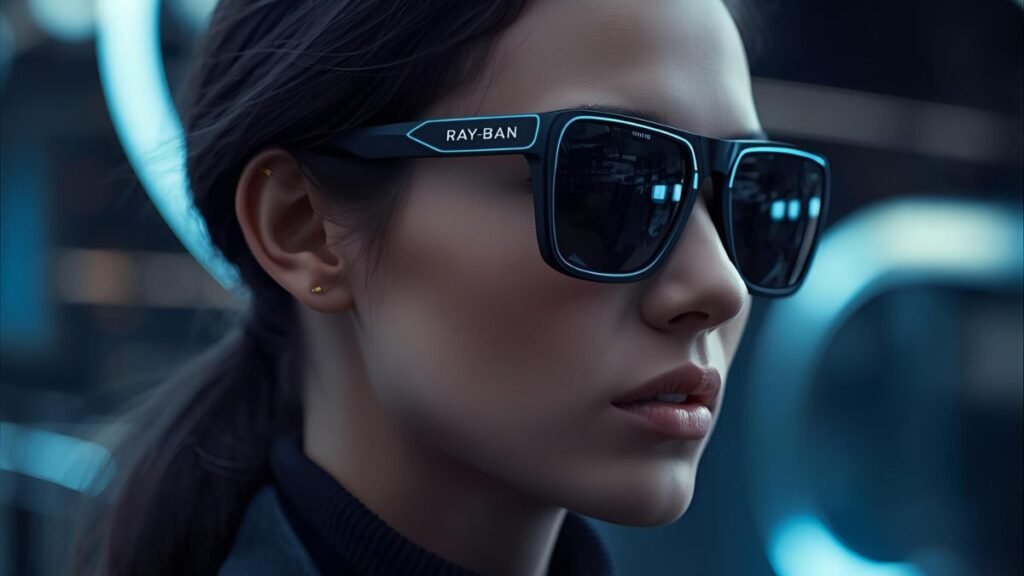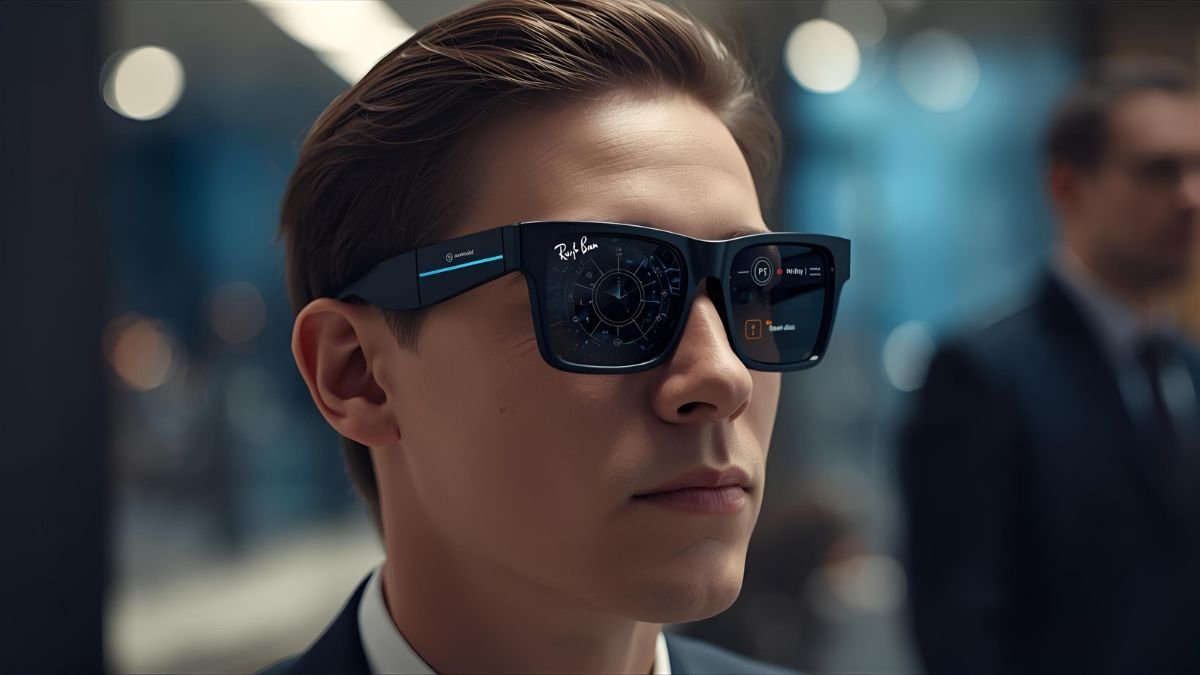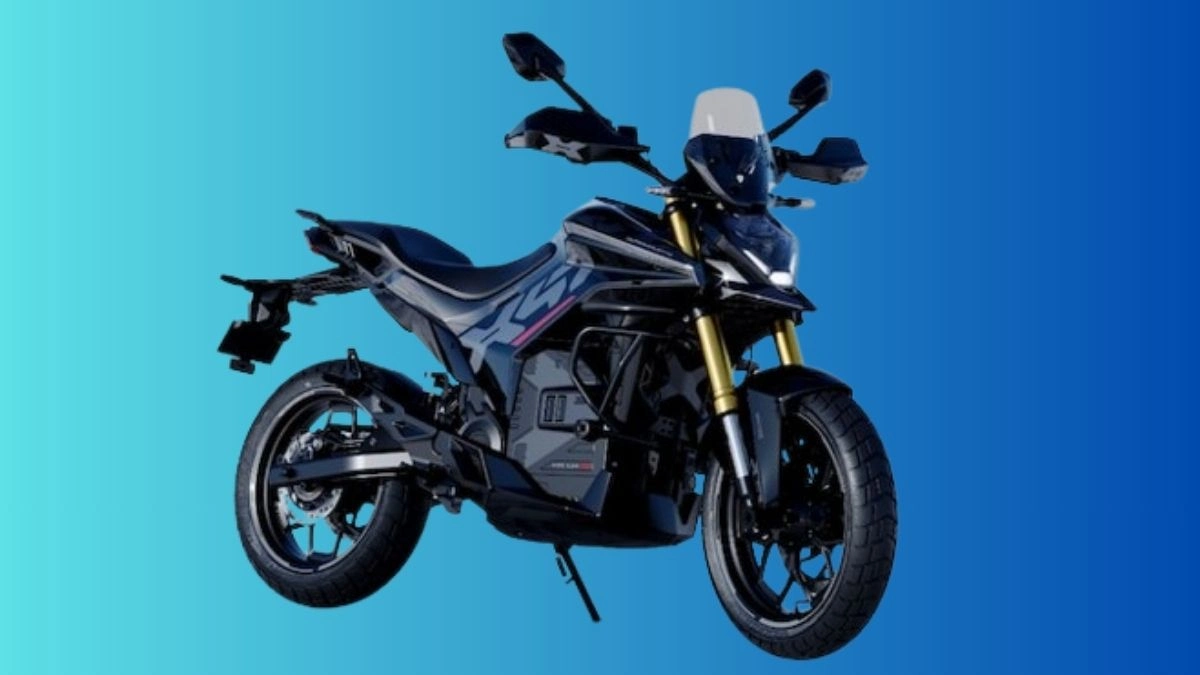Meta has officially launched its most advanced smart glasses lineup at Connect 2025, introducing groundbreaking display technology and neural interface controls that represent a significant leap forward in augmented reality computing. The announcement includes the Ray-Ban Meta Gen 2 with enhanced performance and the revolutionary Ray-Ban Display glasses featuring the world’s first mainstream neural interface.
Ray-Ban Meta Gen 2: Doubling Down on Performance
The Ray-Ban Meta Gen 2, available immediately for $379, delivers substantial improvements over its predecessor with twice the battery life and enhanced video recording capabilities. The new generation provides up to eight hours of continuous use on a single charge, compared to just four hours for the original model. The upgraded charging case now offers 48 hours of additional battery life, up from 32 hours, and can charge the glasses to 50 percent in just 20 minutes.
The camera system has received a major upgrade, now capable of capturing 3K Ultra HD video at 30 frames per second, representing 6.4 million pixels per frame—twice as many as the first generation. Users can choose from multiple recording options including 3K at 30fps, 1440p at 30fps, and 1200p at 60fps, all supporting up to three minutes of continuous recording. Meta plans to introduce hyperlapse and slow-motion video features across all its AI glasses later this fall.
Revolutionary Display Glasses With Neural Interface
The Ray-Ban Display glasses, priced at $799, mark Meta’s first consumer smart glasses with an integrated heads-up display. These glasses feature a 600×600 pixel full-color display with 5,000 nits brightness positioned in the right lens, ensuring crisp visibility whether indoors or outdoors. The display operates as “an on-demand, multifunctional menu” rather than true augmented reality, allowing users to view messages, directions, and Meta AI responses without obstructing their natural vision.

The breakthrough innovation lies in the Meta Neural Band, which Meta calls “the world’s first mainstream neural interface”. This EMG (electromyography) wristband detects electrical signals from muscle movements, enabling users to control the glasses through subtle hand gestures. Users can pinch fingers to select items, swipe to navigate, and even trace letters on surfaces to compose messages. The neural band offers 18 hours of battery life and comes in three sizes to ensure proper fit.
Enhanced Features and Capabilities
Both new models include Conversation Focus, a feature that amplifies the voice of the person you’re speaking with while filtering out background noise in busy environments. The display glasses also offer live captioning and real-time translation capabilities, essentially providing subtitles for any conversation.
The Ray-Ban Display glasses support various functions including Meta AI with visual responses, messaging and video calling, camera controls with viewfinder, walking navigation, live captions and translation, and music controls. The glasses maintain up to six hours of mixed-use battery life, with the charging case extending total usage to 30 hours.
Market Dominance and Growing Success
Meta’s smart glasses business continues to show remarkable growth. The company has sold over 2 million units of Ray-Ban smart glasses since their 2023 launch, establishing Meta as the leading player in the smart glasses market. EssilorLuxottica, Ray-Ban’s parent company, reported that smart glasses revenues more than tripled year-over-year during the first half of 2025.
According to Counterpoint Research, Meta dominates the global smart glasses market with a 73% market share in the first half of 2025. The overall smart glasses market experienced explosive 110% year-over-year growth during this period, with AI-enabled glasses accounting for 78% of total shipments. Ray-Ban Meta AI glasses shipments grew over 200% year-over-year, driven by strong demand and expanded manufacturing capacity at Luxottica.
Availability and Pricing Strategy
The Ray-Ban Meta Gen 2 is available immediately in 18 countries including the US, Canada, and major European markets, with expansion to Mexico, India, and Brazil planned soon. The glasses maintain the same three frame styles—Wayfarer, Skyler, and Headliner—but add new seasonal colors including Cosmic Blue, Shiny Asteroid Grey, and Mystic Violet.
The Ray-Ban Display glasses launch September 30th initially in the United States only, available exclusively through select brick-and-mortar retailers including Best Buy, LensCrafters, Sunglass Hut, and Ray-Ban stores. This in-store strategy allows customers to receive proper fitting for both the glasses and neural band. International expansion to Canada, France, Italy, and the UK is planned for early 2026.
The display glasses come in Black and Shiny Sand colors with transition lenses as standard, supporting prescription ranges from -4.00 to +4.00. Meta continues selling the original Ray-Ban Meta glasses at $299, providing a more affordable entry point into smart glasses technology.
Read also: Bloom Energy Soars 8% as Morgan Stanley Raises Price Target to Record $85 on Oracle AI Partnership
Industry Impact and Future Vision
Meta’s announcements represent a significant milestone in the evolution from smartphones to wearable computing platforms. CEO Mark Zuckerberg has positioned smart glasses as the future interface for AI assistance, stating that people without AI-enabled glasses may face “a significant cognitive disadvantage”. The company aims to sell 10 million glasses annually by the end of 2026, with reports suggesting a target of 5 million units by the end of 2025.
The success of Meta’s smart glasses has prompted increased competition, with companies like Apple, Google, Xiaomi, and others developing their own AI-powered eyewear solutions. However, Meta’s strategic partnership with EssilorLuxottica, including a reported 3% stake in the eyewear giant with an option to increase to 5%, provides a significant competitive advantage through established manufacturing capabilities and extensive retail networks.








